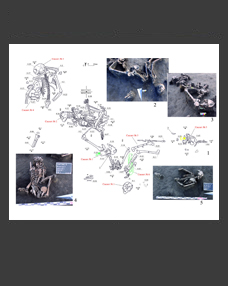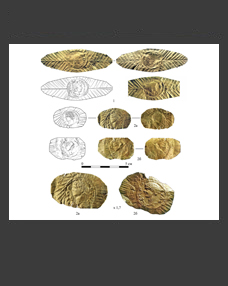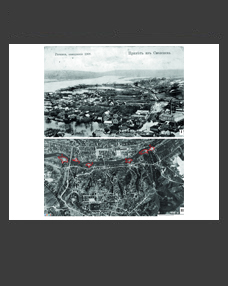Aleksandra P. Buzhilova1,* and Kseniya Yu. Kuprikova2,3,**
1Institute of Archaeology RAS, Moscow, Russia
2Department of Anthropology, Faculty of Biology, Moscow State University, Moscow, Russia
3Research Institute and Museum of Anthropology, Moscow State University, Russia
*E-mail: albu_pa@mail.ru
**E-mail: mintdoughnut@yandex.ru
Keywords: paleodemography, bioarchaeology, “osteological paradox”, demographic models.
Paleodemographic analysis is based on the principle of “biological uniformity,” which makes it possible to assume that, under natural living conditions, human populations are characterized by a certain age-sex structure, and possible deviations are limited by the biological characteristics of the species. Analysis and interpretation of the influence of various environmental factors on the demographic structure, average life expectancy and health level of ancient populations faces a number of methodological limitations. This paper provides an analytical review of methodological approaches and a modern interpretation of the possibilities of anthropological material as a source for a more or less objective reconstruction of the ancient population lifestyle. Specific examples of such approaches are shown in the analysis of Kozino’s anthropological series dating mainly from the 18th century (excavations by the Institute of Archaeology RAS).
DOI: 10.31857/S0869606324030108, EDN: WZXRFB







